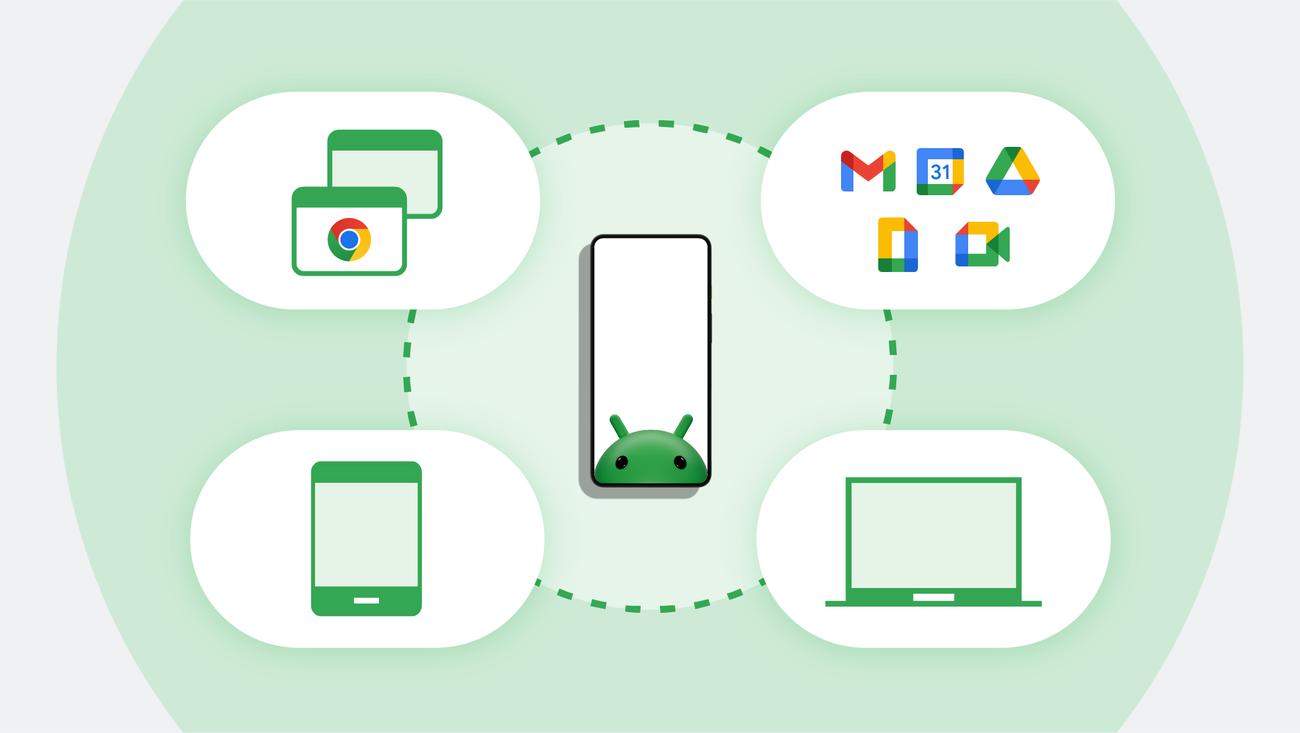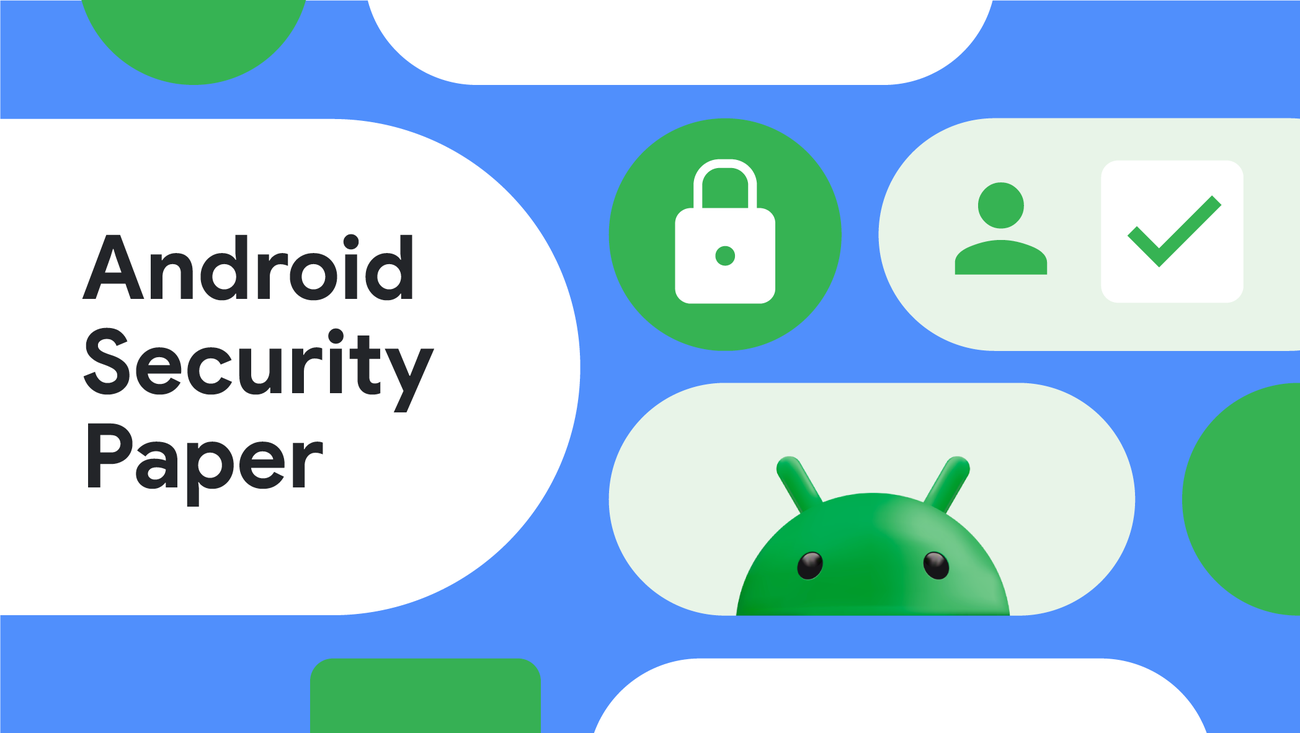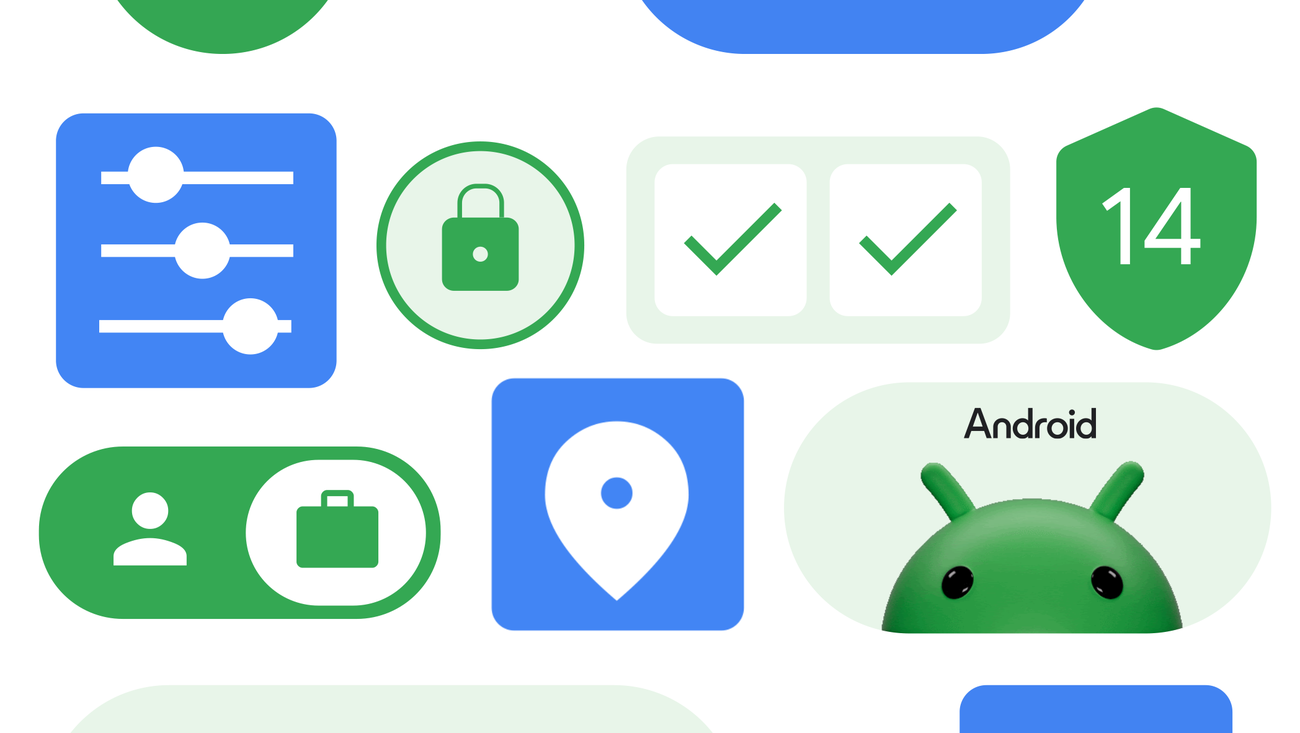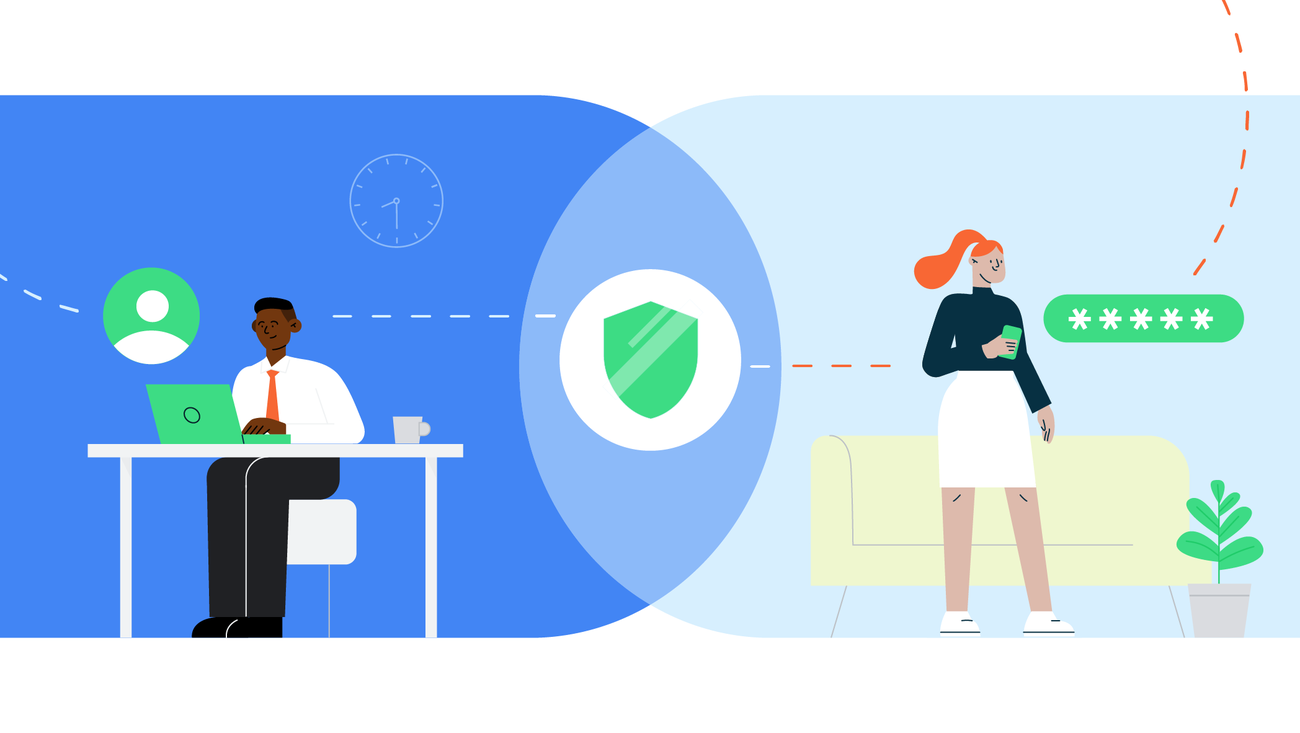Schlagwort: Android enterprise
-

How we’re making Android Enterprise signup and access to Google services betterHow we’re making Android Enterprise signup and access to Google services betterSoftware Engineering Manager
Reading Time: 3 minutesAndroid Enterprise connects your Google products and services across Android, ChromeOS, Chrome Browser and Google Workspace.Android Enterprise connects your Google products and services across Android, ChromeOS, Chrome Browser and Google Workspace.Website: LINK
-

3 new ways to use Google AI on Android at work3 new ways to use Google AI on Android at workProduct Management Lead
Reading Time: < 1 minuteLearn how new Google AI on Android features can boost employee productivity, help developers to build smarter tools and improve business workflows.Learn how new Google AI on Android features can boost employee productivity, help developers to build smarter tools and improve business workflows.Website: LINK
-

Read this year’s Android Security Paper for the latest on mobile protectionsRead this year’s Android Security Paper for the latest on mobile protectionsDirector
Reading Time: < 1 minuteThis year’s updated Android Security Paper details the platform’s latest protections.This year’s updated Android Security Paper details the platform’s latest protections.Website: LINK
-

Android 14 business features for your distributed teamsAndroid 14 business features for your distributed teamsProduct Manager
Reading Time: 2 minutesAndroid 14 introduces advanced security, compliance and productivity features for businesses.Android 14 introduces advanced security, compliance and productivity features for businesses.Website: LINK
-

Protect your business with Zero Trust security on AndroidProtect your business with Zero Trust security on AndroidSenior Product Manager, Android EnterpriseDirector
Reading Time: < 1 minuteAndroid Enterprise’s Zero Trust security model helps businesses secure devices with over 100 unique trust signals.Android Enterprise’s Zero Trust security model helps businesses secure devices with over 100 unique trust signals.Website: LINK
-

New features for businesses in Android 13New features for businesses in Android 13Senior Product ManagerProduct Manager
Reading Time: 3 minutesAndroid 13 gives businesses using Android Enterprise new ways to get more out of their devices — including an upgraded Android Management API, an easier-to-use work profile, and more ways for IT admins to manage and protect company and employee devices. Let’s take a closer look at these new business features. More…





